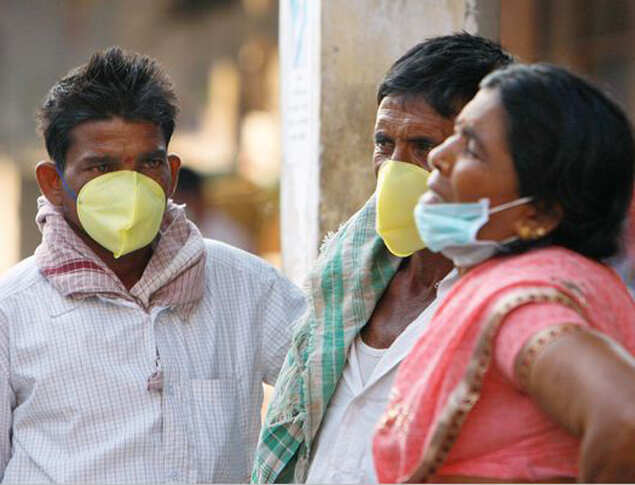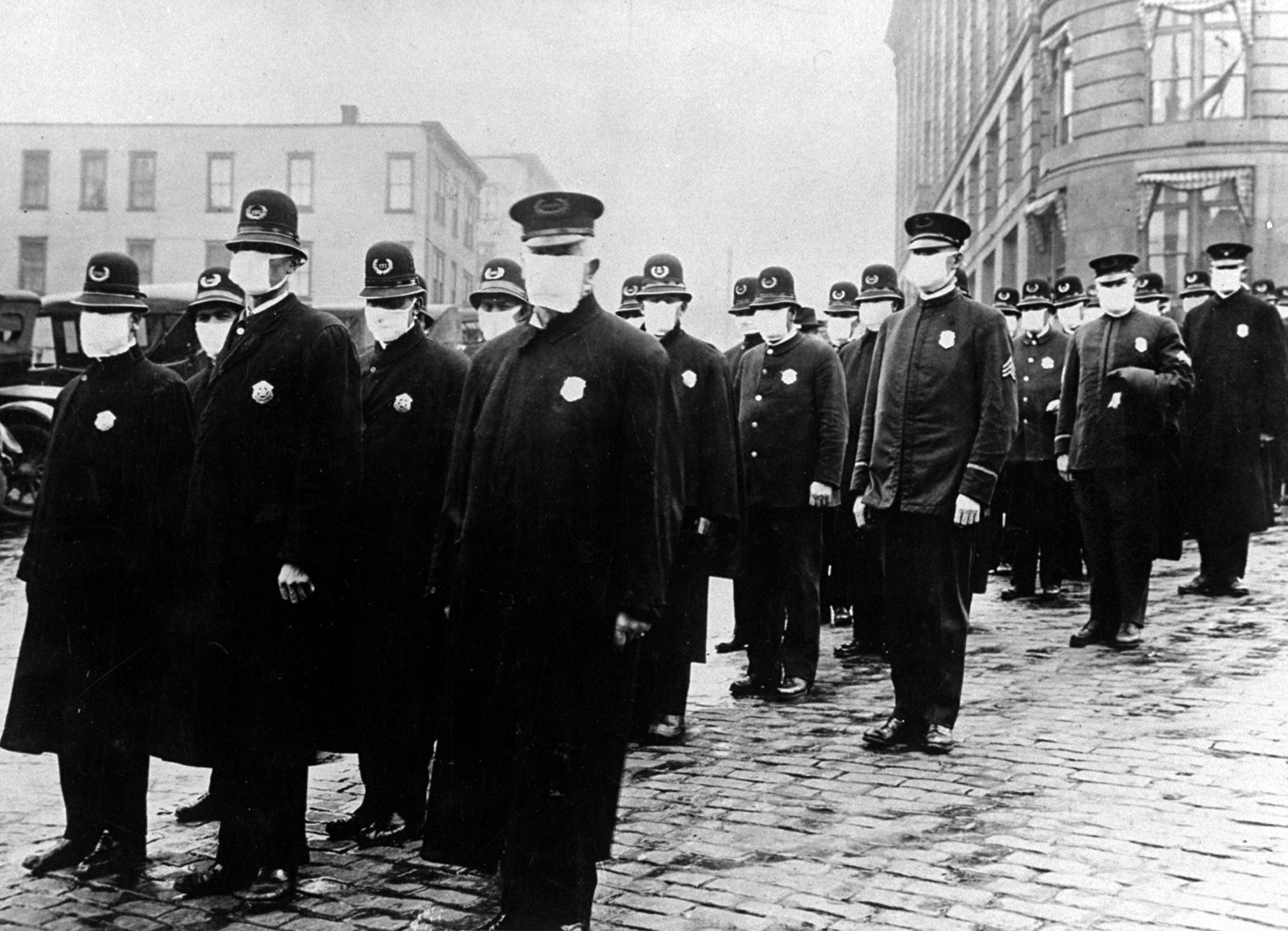


These conditions indicate an urgent need for monitoring programmes and risk assessments tailored to SARS-CoV-2 in wastewater, which may aid in the early detection and containment of future viral disease outbreaks. Specifically, we focus on centralized wastewater systems that are commonly implemented in regions with moderate to high socio–economic capacity, including those regions currently experiencing the largest numbers of COVID-19 cases. Herein we critically review and synthesize existing knowledge on the health risks as well as the potential spread of SARS-CoVs in waterborne, waterborne–aerosolized and waterborne–foodborne pathways during a pandemic, when the probability of viral infection is substantially higher than in non-outbreak scenarios. Information on the survival and dissemination of enveloped viruses in general, and SARS-CoV-2 in particular during wastewater collection, treatment and reuse, is limited. Overall, it is critical to evaluate the potential of wastewater as a transmission pathway of SARS-CoV-2. An additional and potentially serious health risk is faecal–oral transmission in low-income countries where communities with inadequate sanitation infrastructure (for example, open sewers and direct discharge into the environment) could be infected by untreated wastewater or faecal waste 23, 24, 25. Furthermore, freshwater scarcity results in the reuse of an increasing volume of treated wastewater for a variety of purposes, such as groundwater recharge, recreation and irrigation of food crops, thus creating other potential routes for SARS-CoV-2 transmission.

However, conventional WWTPs generally do not remove virions completely and high influent viral loads during pandemics can lead to insufficient reduction of viruses before discharge 20, 21, 22. In industrialized countries, most of the collected domestic wastewater and viral load is treated in centralized wastewater treatment plants (WWTPs). 1c) that must be considered in the context of faecal–oral transmission 2, 18. 1c) 2, 13, 18, 19.Įntry of the virus into the sewer system results in a variety of potential transport pathways (Fig. Therefore, it has been postulated that wastewater, a sustainable source of freshwater 15, 16, 17, could be an indirect infection pathway during SARS-CoVs outbreaks (Fig. Similar to SARS-CoV-1, RNA of the newly emerged SARS-CoV-2 has been detected in stool samples as well as wastewater 11, 12, 13, 14. It was suggested that the SARS-CoV-1 infection occurred through respiration of aerosols created by toilet flushing or faulty plumbing systems 9, 10. Investigation of a SARS-CoV-1 outbreak within an apartment building during the 2003 pandemic indicated that the virus can spread via wastewater systems 9, 10. Currently, it is not clear if additional transmission pathways are important for the spread of this disease locally or globally 7, 8. SARS-CoV-2 is highly contagious and spreads much like SARS-CoV-1, by close personal contact through respiratory droplets or mutual interactions with surfaces, as well as by aerosols 3, 4, 5, 6. Nature Sustainability volume 3, pages 981–990 ( 2020) Cite this article Rethinking wastewater risks and monitoring in light of the COVID-19 pandemic


 0 kommentar(er)
0 kommentar(er)
